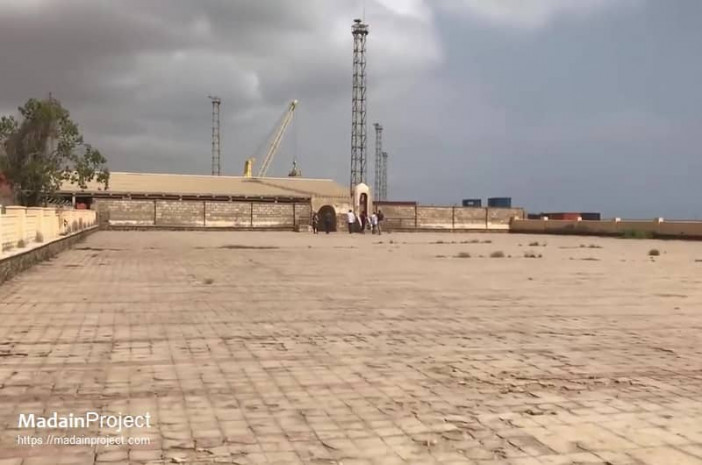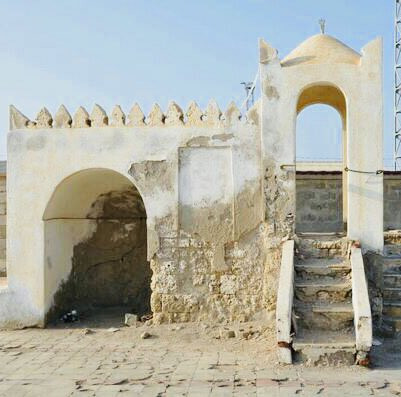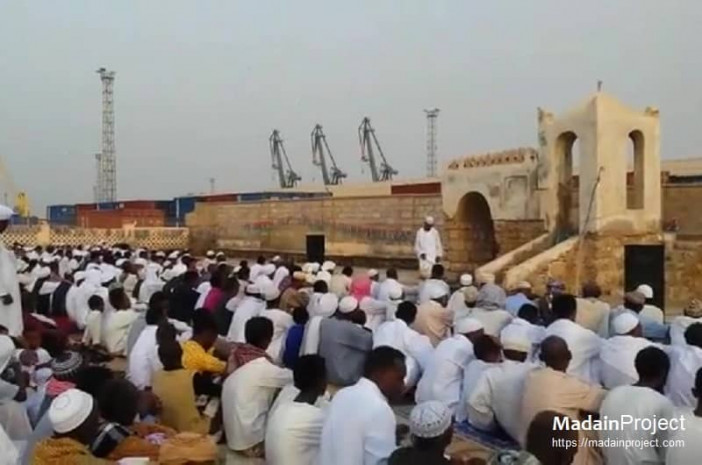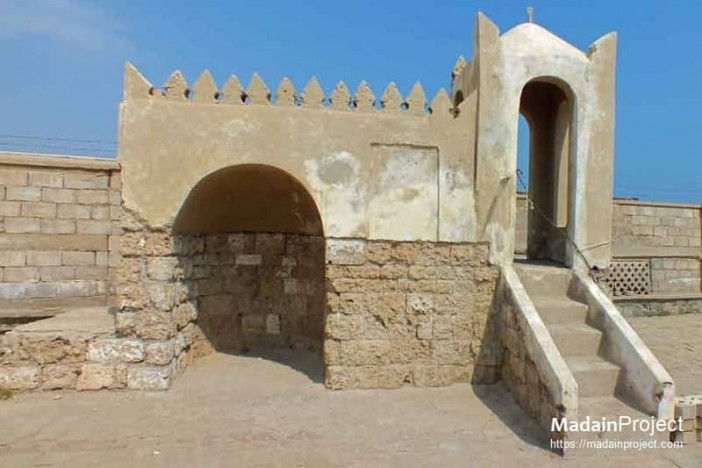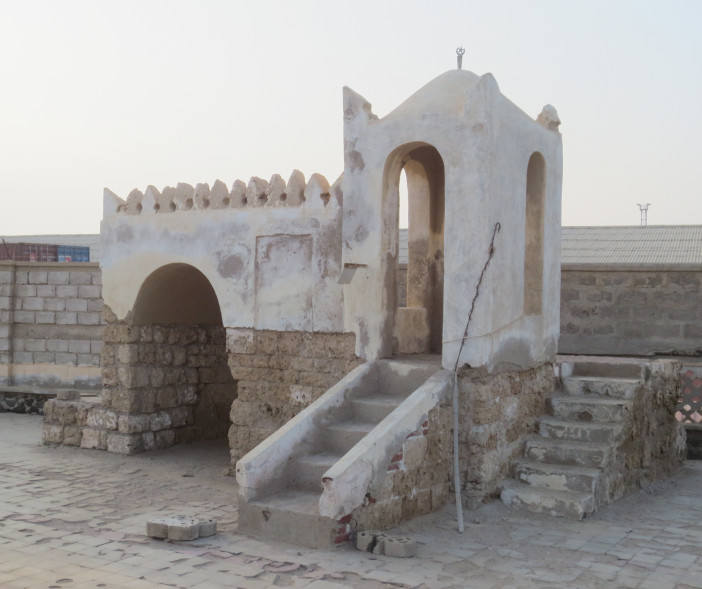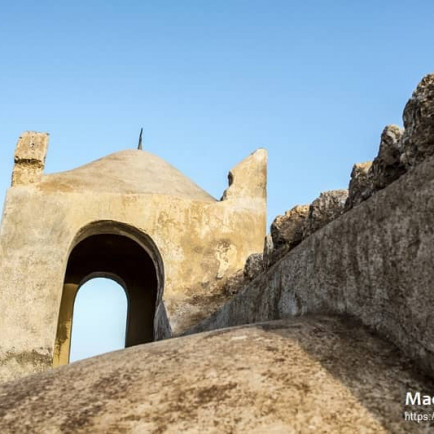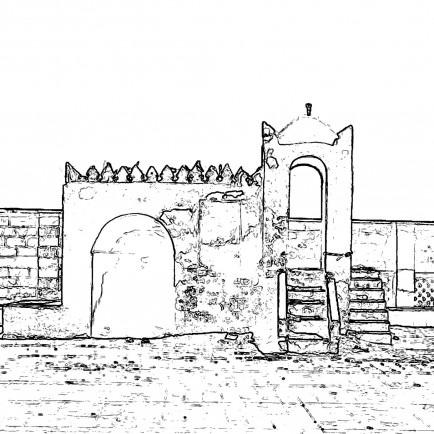Mosque of the Companions, Massawa
History
The earliest mosque in Africa was located on an island near Massawa, which is now a port district. The Prophet Muhammad's companions or possibly family members who were banished from the Arabian Peninsula and sought safety in Africa in 615 from persecution are thought to have erected it in the 20s or 30s of the 7th century. They were welcomed by the Negus in Medri- Bahr.
Urban and Architectural
The mosque's original structure has not been preserved. One of the oldest mosques in Africa, however, is the new structure that was erected on the site of the Mosque of the Companions of the Prophet. Since several of the building's components, such as the minaret and mihrab, were not employed in Muslim design until the 8th or 9th centuries, it was most likely constructed no earlier than the 9th century.
The mosque has a mehrab, a four-stepped minbar, and is a very basic edifice. Although the mosque is thought to have been built during the early seventh century, around the time of the prophet Muhammad, the current building has elements like the minaret and the curving mehrab that were not common in Islamic construction until much later. Umar bin 'Abdulaziz put up the first curved mehrab in Masjid an-Nabawi. It was not until the 11th century that mosques began to use their earliest known minarets, which date to the early ninth century during the Abbasid era.
Description
The little elevated dome that sits atop the stepped-minbar can also be read as the mosque's minaret or as a domed-minbar in the traditional Ottoman style. The mosque has a footprint that is roughly 3,100 square meters. A tiny star surrounded by a crescent is perched atop the modest domed minaret over the minbar.
References
https://shabait.com/2012/12/24/al-sahaba-the-first-mosque-in-africa/
https://madainproject.com/as_sahaba_mosque_(massawa)
Details
Location
Massawa, Eritrea
Worshippers
10 indoor - 1500 outdoor
Owners
The companions of the Prophet Muhammad
Architect Name
Year of Build
610-620
Area
30 square meters built - 3000 square meters square
Drawings
Map
History
The earliest mosque in Africa was located on an island near Massawa, which is now a port district. The Prophet Muhammad's companions or possibly family members who were banished from the Arabian Peninsula and sought safety in Africa in 615 from persecution are thought to have erected it in the 20s or 30s of the 7th century. They were welcomed by the Negus in Medri- Bahr.
Urban and Architectural
The mosque's original structure has not been preserved. One of the oldest mosques in Africa, however, is the new structure that was erected on the site of the Mosque of the Companions of the Prophet. Since several of the building's components, such as the minaret and mihrab, were not employed in Muslim design until the 8th or 9th centuries, it was most likely constructed no earlier than the 9th century.
The mosque has a mehrab, a four-stepped minbar, and is a very basic edifice. Although the mosque is thought to have been built during the early seventh century, around the time of the prophet Muhammad, the current building has elements like the minaret and the curving mehrab that were not common in Islamic construction until much later. Umar bin 'Abdulaziz put up the first curved mehrab in Masjid an-Nabawi. It was not until the 11th century that mosques began to use their earliest known minarets, which date to the early ninth century during the Abbasid era.
Description
The little elevated dome that sits atop the stepped-minbar can also be read as the mosque's minaret or as a domed-minbar in the traditional Ottoman style. The mosque has a footprint that is roughly 3,100 square meters. A tiny star surrounded by a crescent is perched atop the modest domed minaret over the minbar.


